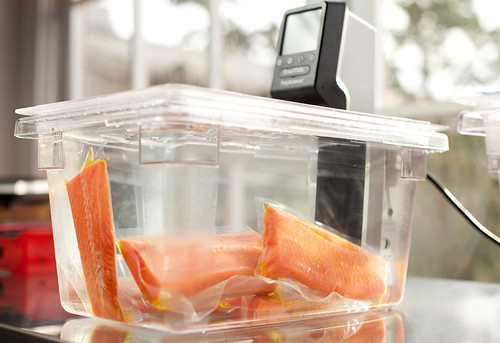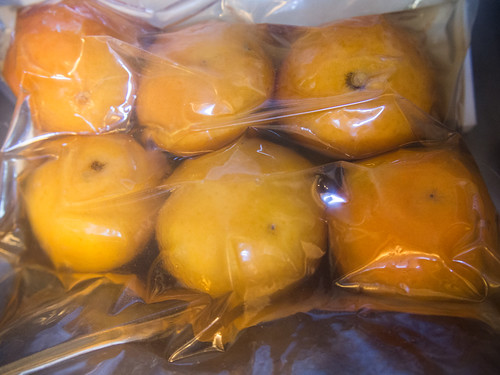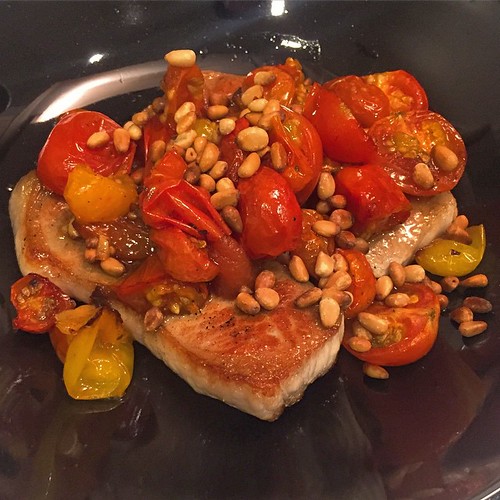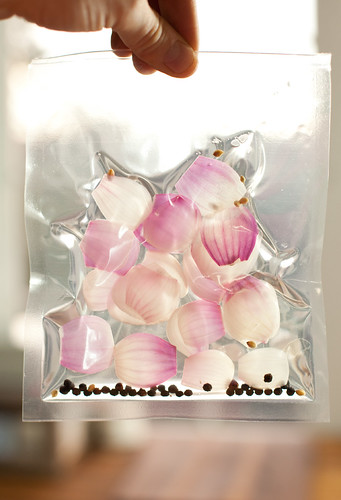If you watch a lot of televised cooking shows like Top Chef or eat in modern, trendy restaurants, you probably have heard the term "sous vide" before — but you may not know what it means!
Sous vide is French for "under vacuum". When food items are prepared using this technique, they are vacuum-sealed into plastic bags, which are then submerged in a precisely temperature-controlled water bath. The food is cooked at a lower temperature for a longer period of time than we usually simmer, bake or otherwise cook things at, so in a way it is like using a crock-pot — except under vacuum.
What does this actually do for the food items in question? Well, for one thing it enhances flavors and aromatics intensely. Nothing is lost into steam, water or open air, so vegetables and fruits retain much of their raw, fresh and vibrant taste while still being "cooked". A simple sprig of rosemary and a little olive oil can infuse a piece of meat with incredible flavor.
Sous vide cooking also results in incredibly moist, luscious meat, even for cuts which can otherwise be tough or difficult to cook easily. No more dried out, chewy pork chops or chicken breasts; here the meat is thoroughly cooked through without losing its juices and tenderness.
It's also a great solution for entertaining, or when you want to prepare a number of portions of food that just need to be reheated and finished for serving — why do you think restaurants love the technique so much?























 A Potentially Fatal Accident in the Homeon 11/24/2018
A Potentially Fatal Accident in the Homeon 11/24/2018
 Windsurfing Lessons on Montserrat: One of My Funniest—and Fondest—Travel Memorieson 11/20/2018
Windsurfing Lessons on Montserrat: One of My Funniest—and Fondest—Travel Memorieson 11/20/2018
 Christmas Ornaments Celebrating Rome, Italyon 11/12/2018
Christmas Ornaments Celebrating Rome, Italyon 11/12/2018
 Philadelphia-Themed Christmas Ornamentson 11/09/2018
Philadelphia-Themed Christmas Ornamentson 11/09/2018



Comments
candy47 - yes, it's a bit of a novelty technique outside of professional kitchens yet, but more and more people are exploring it at home. I love it for weekdays when I can just throw something in a vacuum bag with some seasonings, get it cooking early, and come back a few hours later and have dinner just about ready to go.
Interesting. I've never heard of sous vide cooking. Thanks for enlightening me onto something new!